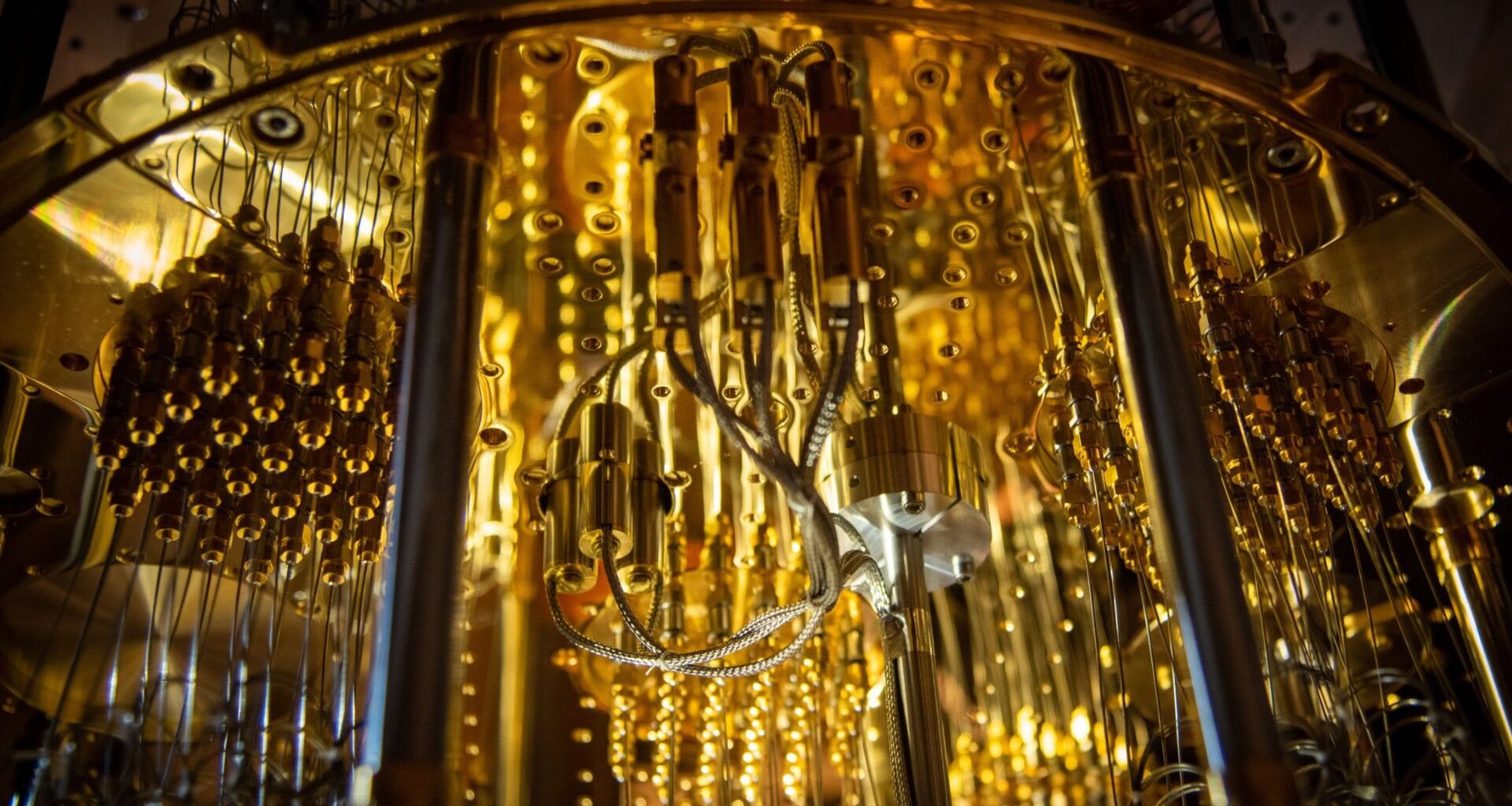Researchers at the University of Southern California (USC) in the US turned to an often overlooked particle for storing and processing quantum information to overcome the fragility of quantum computers and make them more universal in the near future.
Positioning one such particle in a quantum computer can help overcome errors in quantum computing, a university press release said.
The age of quantum computing promises computations at speeds that will make even the fastest supercomputers of today appear like snails. These computers leverage quantum properties of materials to store information in quantum bits or ‘qubits’.
Unlike binary bits that occupy either a 0 or 1 position, qubits can occupy a whole range of positions in between, allowing them to store and process more information.
The hurdle with large-scale deployment of these systems is that they are extremely fragile and can be easily disrupted by their environment.
These disruptions add errors to the computation, which accumulate faster in quantum systems, making them unreliable without error correction.
Researchers have been working on various strategies for error correction, with topological quantum computing being one of the most promising approaches.
Topological quantum computing
In this approach, researchers work to secure quantum information by encoding it into the geometric properties of exotic particles called anyons.
Predicted to exist in two dimensions, anyons are considered more resistant to noise and interference than other qubits, with Ising anyons leading the development of these quantum systems.
However, Ising anyons alone are insufficient to build a general-purpose quantum computer.
“The computations they support rely on ‘braiding,’ physically moving anyons around one another to carry out quantum logic,” explained Aaron Lauda, professor of mathematics, physics, and astronomy at USC.
“For Ising anyons, this braiding only enables a limited set of operations known as Clifford gates, which fall short of the full power required for universal quantum computing,” Lauda, who was involved in the research, added in the press release.
To overcome these challenges, Lauda and his team of physicists and mathematicians focused on a new class of mathematical theories called non-semisimple topological quantum field theories (TQFTs).
Here, they found the often neglected components they now refer to as ‘neglectons’.
What are neglectons?
In conventional semisimple frameworks that physicists used to describe anyons, models often discard objects with a “quantum trace zero”. This is arrived at mathematically and often neglected.
But this is where Lauda and his team found the missing piece, where everybody thought was “mathematical garbage”.
Their new non-semisimple framework does not discard these components and reveals a new type of anyon, which they dubbed neglecton. Combined with Ising anyons, the neglectons can achieve universal computing using braiding alone.
Interestingly, only one neglecton is needed, which remains stationary while Ising anyons are braided around it.
Using the non-semisimple framework also raises irregularities that can disrupt the probability of quantum mechanics. This is why others have stayed away from deploying them in quantum computing.
But Lauda and his team designed a nifty workaround to this problem with a quantum encoding that takes the irregularities away from the computation.
“Think of it like designing a quantum computer in a house with some unstable rooms,” explained Lauda further in the press release.
“Instead of fixing every room, you ensure all of your computing happens in the structurally sound areas while keeping the problematic spaces off-limits.”
With the math sorted, it is now up to the experimentalists to ensure that the neglecton is added to the quantum setup and work towards building a universal quantum computer.
The research findings were published in Nature Communications.

